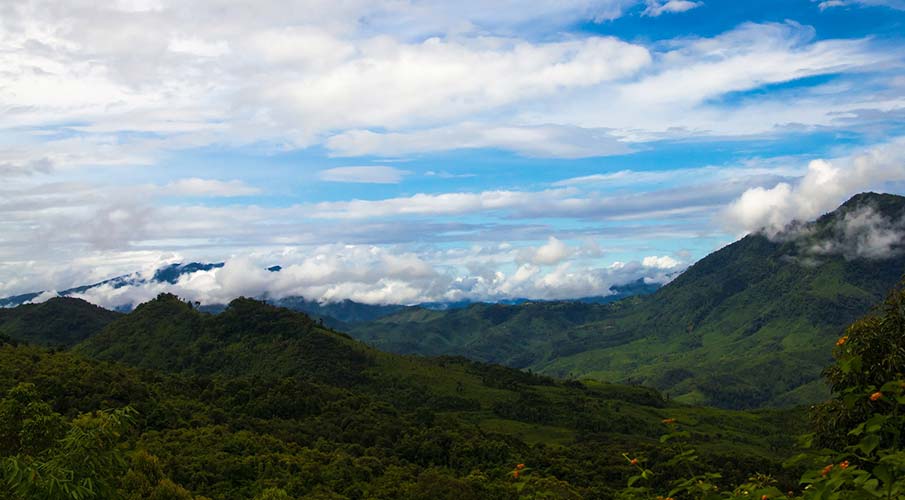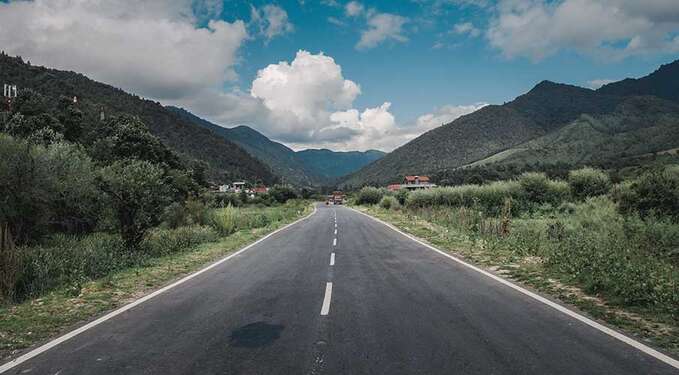History
The history of Manipur may be broadly divided into four parts starting from the ancient principality, followed by feudal rule under Burmese occupation and domination, the interregnum of kingship between the early 18th century to late 19th century when the territory was merged in the British Empire. Finally, this kingdom became part of India post-Independence in 1947. The ancient history can be traced back to 5-6 AD when it is said that Prince Suklenmung's army landed on the banks of River Iril with his queen Hemo Ningbonnu who later became Queen of Manipur. The prince after defeating local rulers established the Meitei dynasty in the 13th Century A.D. It remained as a sovereign state until Anglo-Manipur War arose in 1891 AD.
Geography
The State of Manipur lies in the northeast corner of India with Myanmar on its eastern side and Assam towards the west. The state is bounded by Nagaland to the north, Mizoram to the south and Assam to the west. It has an area of 22,347 square kilometres (8,621 sq mi). In 2001, Manipur had a population of 2,833,918 which was reduced from 3,434,000 in 1991. This ranks it among one of the most sparsely populated states in India. Manipur is located between 93° 50' E and 94° 49' E longitude and 24° 42' N and 27° 7' N latitude. Two major rivers flow through the state namely, Barak and Thoubal.
Climate & Weather
The climate of Manipur is a subtropical one. The average temperature ranges from 9 to 32 degrees Celsius, with January being the coldest and May being the hottest month. The summer months are from March to May and the winters go on till November. During this period, frost occurs due to low night temperatures and the minimum temperature goes down to 4 to 5 degrees Celsius. Manipur is blessed with abundant rainfall and during monsoons, heavy rains lash several parts of the state bringing life to a halt.
In the summer season, it's hot and humid with heavy rainfall in monsoons, while moderate winter months.

